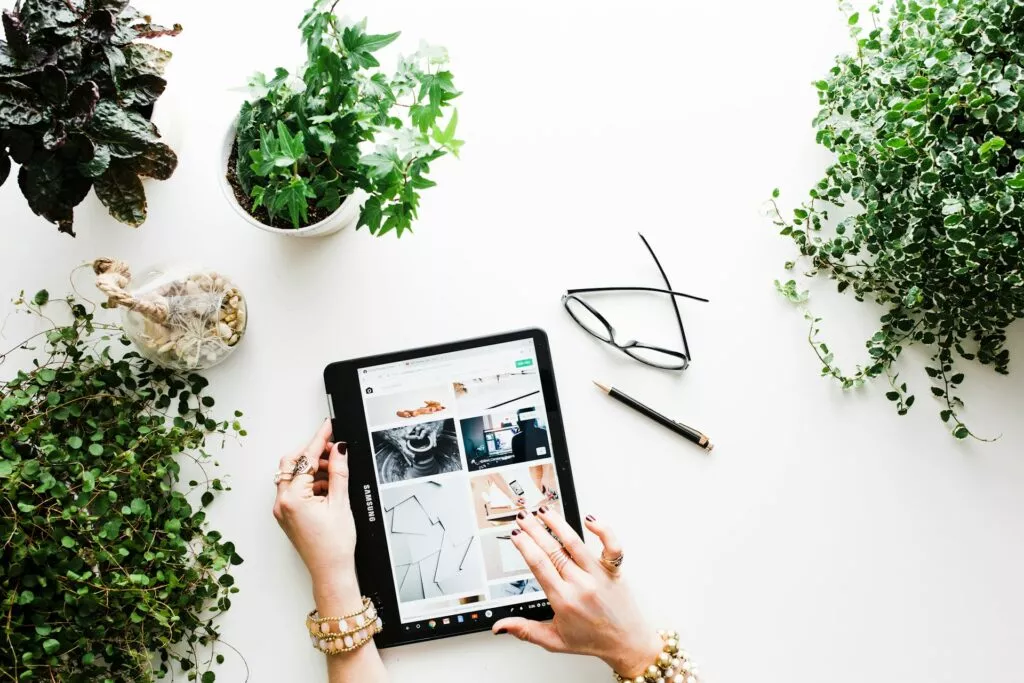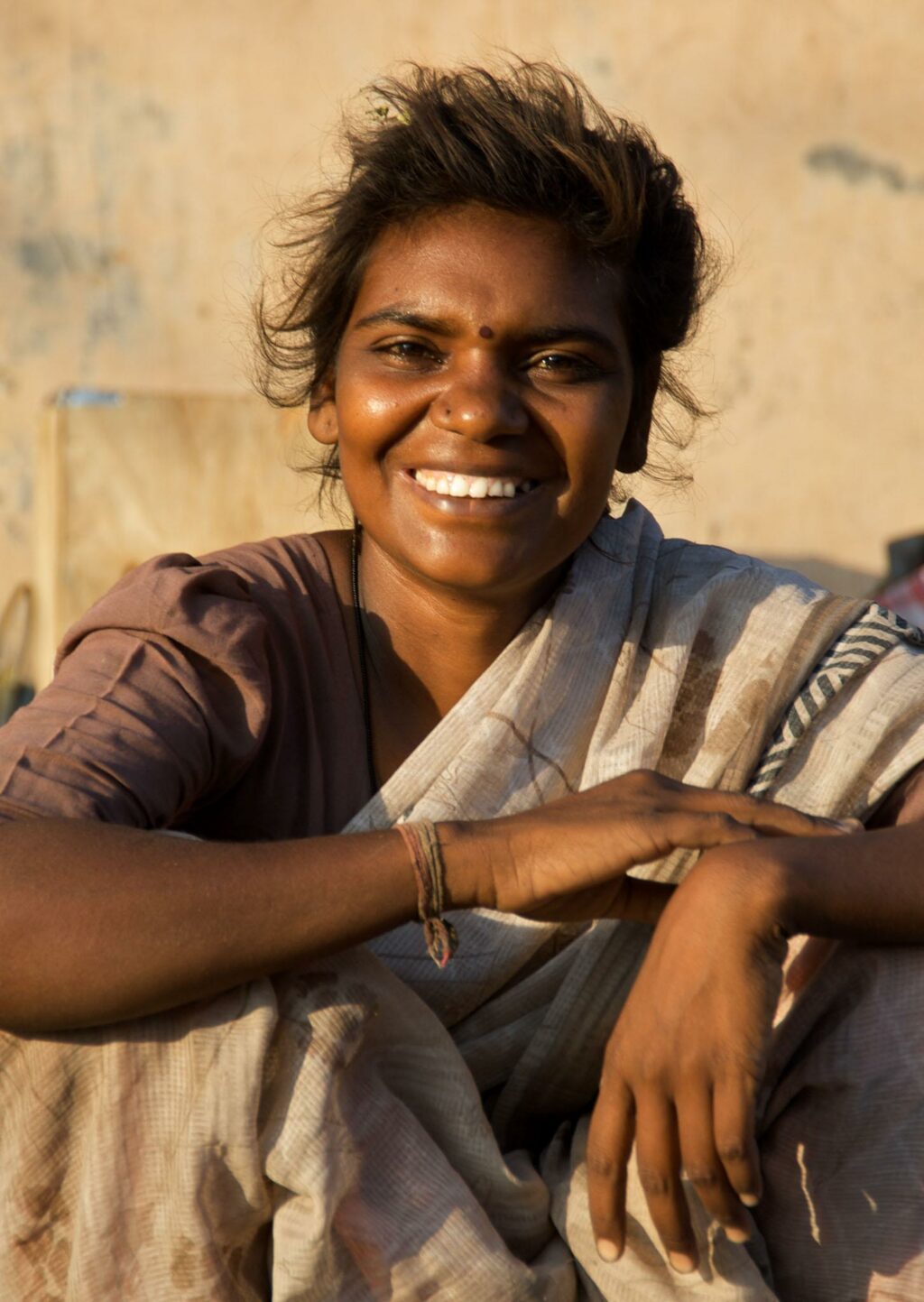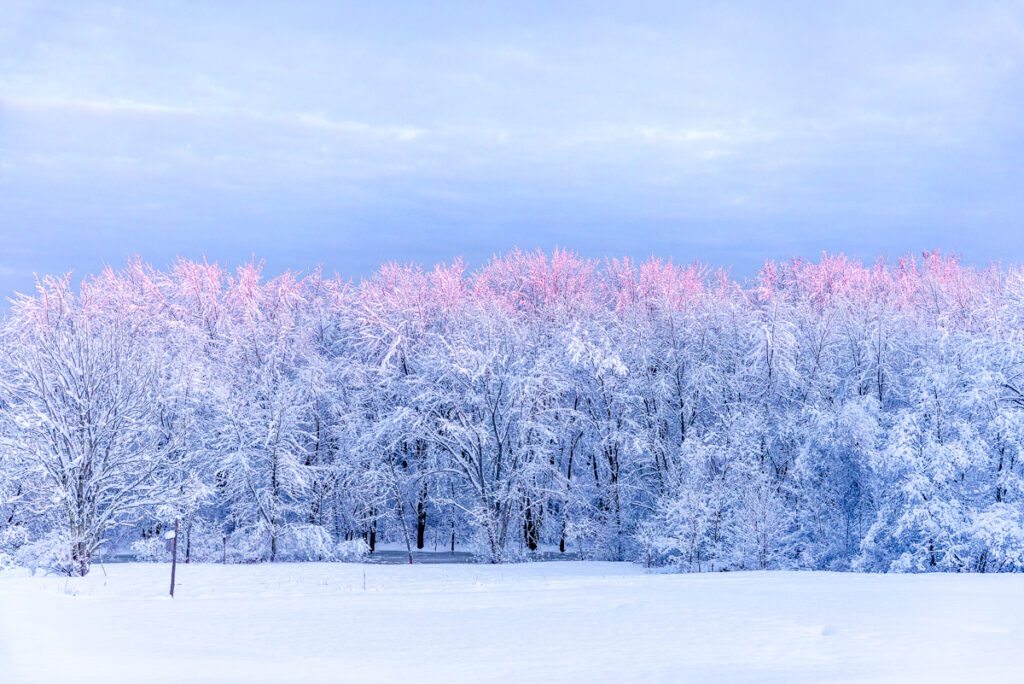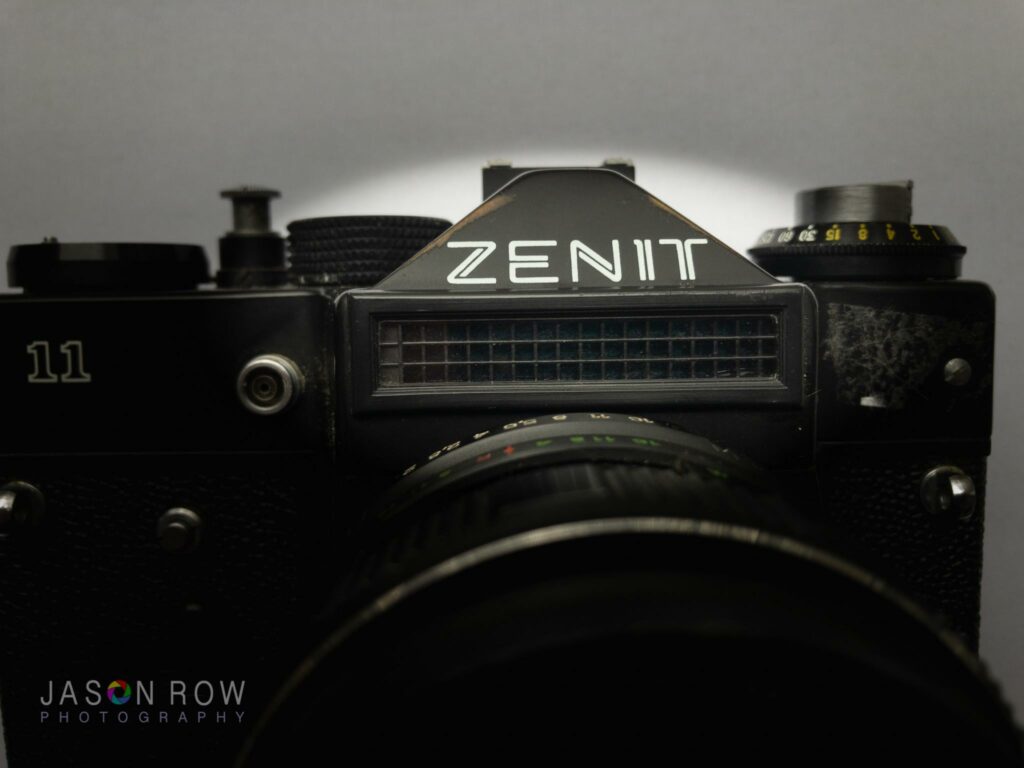Photography competitions are a great way to motivate oneself and challenge one’s creativity. It also helps one push their limits to create the best images possible making one a better photographer and they are a great way to present your work to a large audience thereby gaining some exposure.
Photography competitions could be international, local or online competitions and could be based on various themes or genres. Whatever the type, there are certain things that you need to take care of before submitting your images to competitions.
You may get a lot of likes for your images on Instagram or on other online photo sharing platforms, but these photo sins will get you dismissed from any photography competition. Here are 30 photography competition tips that you shouldn't ignore.
Bad Composition:
Bad compositions are a big NO for photography competitions. Your photograph needs to be carefully composed without which even if the image looks stunning, it is going to be rejected.
Sometimes a photographer may break compositional guidelines to create an intriguing image and these photographs become a winner with the judges, but there are cases where you may have accidentally submitted a photograph with a crooked horizon or other and these images will be rejected without another thought.
Composition is a huge asset in photography – so here are 3 core composition skills that every photographer needs to develop!
Watch out for Distracting Elements:
Do not keep any distracting elements in the frame, like for example unwanted branches of trees, lamp posts, unwanted people in the frame, trash, etc. If the photography competition is relating to portraits, watch out for stray hairs and anything else that would detract from the main subject.
Distracting elements could be anywhere in the frame – so here are 3 ways to deal with distracting backgrounds!
Understand and Use Light:
Photographs that are beautifully and thoughtfully lit are always a winner. You may have the compositional guidelines, technicalities, story, etc. perfect in the picture, but an image that is poorly lit is going to be rejected.
What it means by perfectly lit is, having your subject properly lit by having your subject face the light or have the light fall from the right direction, or using reflectors, diffusers to illuminate shadow areas and this applies to both natural and artificial lighting.
If you understand light, your photography will improve – find out how not understanding light can almost kill your photography!
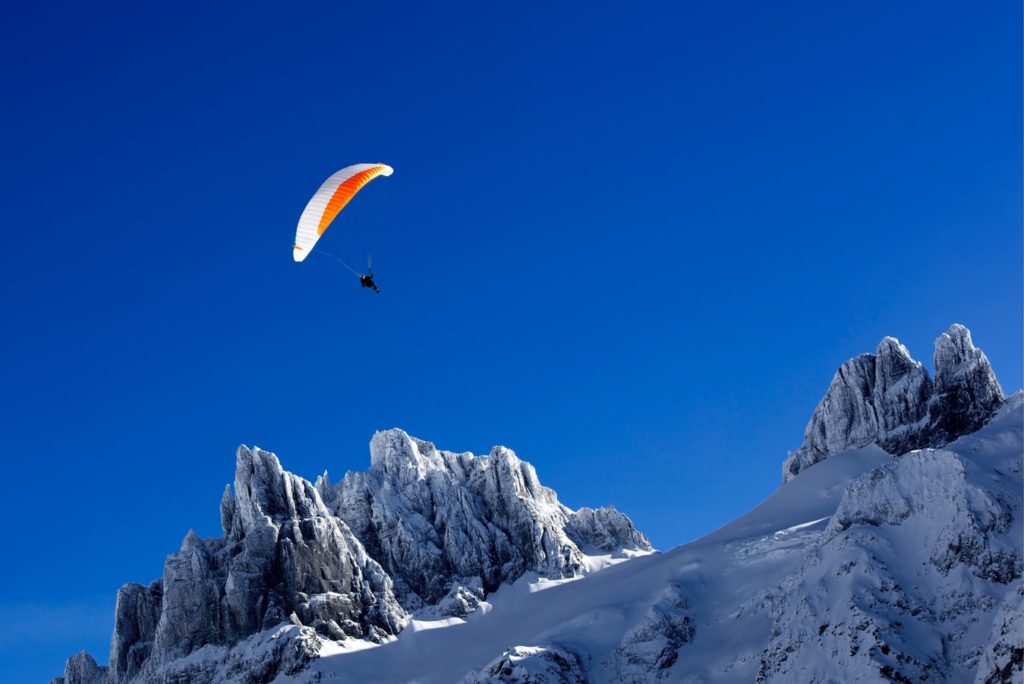
Poor or Boring Subject Selection:
Choose compelling subjects for images that you submit for photo competitions as poor or boring subjects can get your image rejected. Intriguing images that can trigger a lot of questions are likely to be selected as a winner.
Choosing the right subject makes a photograph interesting – here are some ideas on choosing a good photographic subject!
Snapshots:
Do not ever submit images that are snapshots. Judges are looking for how much effort you have put into creating a photograph that can stand out from the rest. Snapshots may be close to your heart, but for others and the judge, it will be just another snapshot.
The above applies to all genre of photography – take a look at how to capture portraits that are more than just snapshots!
Crooked Horizon and Unwanted Tilts:
You cannot make your image look great by tilting the horizon and making it look cool. A bad image is going to look bad whether you tilt it or not and the tilt could even give someone a neck cramp. Instead of tilting, rethink the composition.
Crooked photos are a very common flaw in photography – find out how to straighten your crooked photos!
Sensor Dust:
Sensor dust is a common thing in photographs and some photographers fail to notice these when they are caught up in getting everything else perfect for the competition. Even a slight speck can get your photograph rejected, so make sure that you remove any specks and double check your image very closely for any flaws.
Sensor dust and other minor flaws are common in photography – find out how to improve any photo in 8 or less steps or what to do when there is dust in your camera!
Watch out for Artefacts, Halos:
Most of the time halos and artefacts come from over processing an image, for example, over-sharpening, high clarity or contrast. Sometimes heavy use of adjustment brushes will create these artefacts. So check your image at 100% and make sure it is clean of weird halos and artefacts.
In order to get positive results in your photography, be your own harshest critic!
Do Not Over-sharpen:
Sharpen images only if required, because, if you already have a perfectly focused image, minimal sharpening will be required. Over-sharpening will make the image look unreal. Make sure you sharpen the image after making adjustments to the preferred image size you will be sending off for the competition.
Here are some tips to sharpen your images the right way!
Adding More Contrast or None at all:
With raw images, they can look a bit flat and/or unreal without much contrast. Amount of contrast required also depends on the direction from which light is falling into the scene. So add a little contrast to bring out the details in your images, but do not overdo it.
Here is how to control contrast so you can always get amazing photographs!
Over Saturating is a Big NO:
Always try to keep colours natural and subtle unless there is a reason why you have to show off the colours. Even in situations where you need to show off colours, slightly increase a bit of vibrancy or if needed a tad saturation, but never oversaturate.
Find out how less editing leads to better photography!
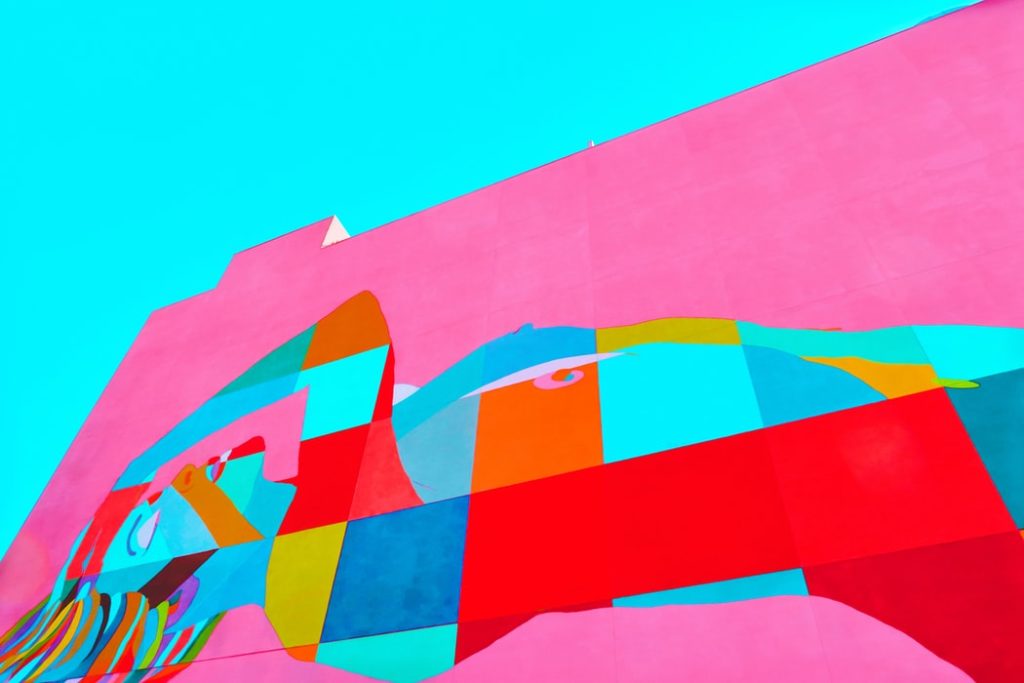
No Harmony or Balance in Colours:
Choose colours that are complementary so that they create contrast and balance in the image. Without the right selection of colours, your image will look dull and boring leading to rejection.
Using colours wisely can enhance a photograph – here are some strategies to use colour more effectively in your photographs!
Manipulating Colours That Look Unreal:
This is especially important with landscapes and skin tones as manipulated colours can make the image look unreal. They may have a surrealistic otherworldly feel, but judges in photography competitions will be looking for natural colours and realistic feel.
While manipulating colours is a big NO in photography competitions, you can still use colours wisely to create the best photographs by understanding primary, secondary and complementary colours in photography!
Bad Lighting:
Bad lighting is generally bad for photography as it will make the image look dull. No amount of post-processing will help you rectify bad lighting, so understand light and use it wisely to get your image perfect for the competition.
Here is a basic overview of Light !
Loss of Details in Shadows or Blown out Highlights:
This is again related to lighting above. Make sure that you have all parts of the frame exposed well so that the image is pleasant to look at with good details. Blown out highlights are a distraction and so are dark shadows in an image which are off-putting and these can get you kicked out of the competition.
Find out how to improve shadow details and avoid blown out highlights in your photographs.
Keep White Balance Natural:
When submitting images for competitions, especially when it comes to images like travel and portrait photography, keeping white balance natural is important to give the image a natural look. With sunset images, you can increase warmth to bring out the golden hues. Other than this, do not play with tints to get Instagram looks as these are a huge negative for images that you submit for competitions.
Here is a beginner's guide to white balance!
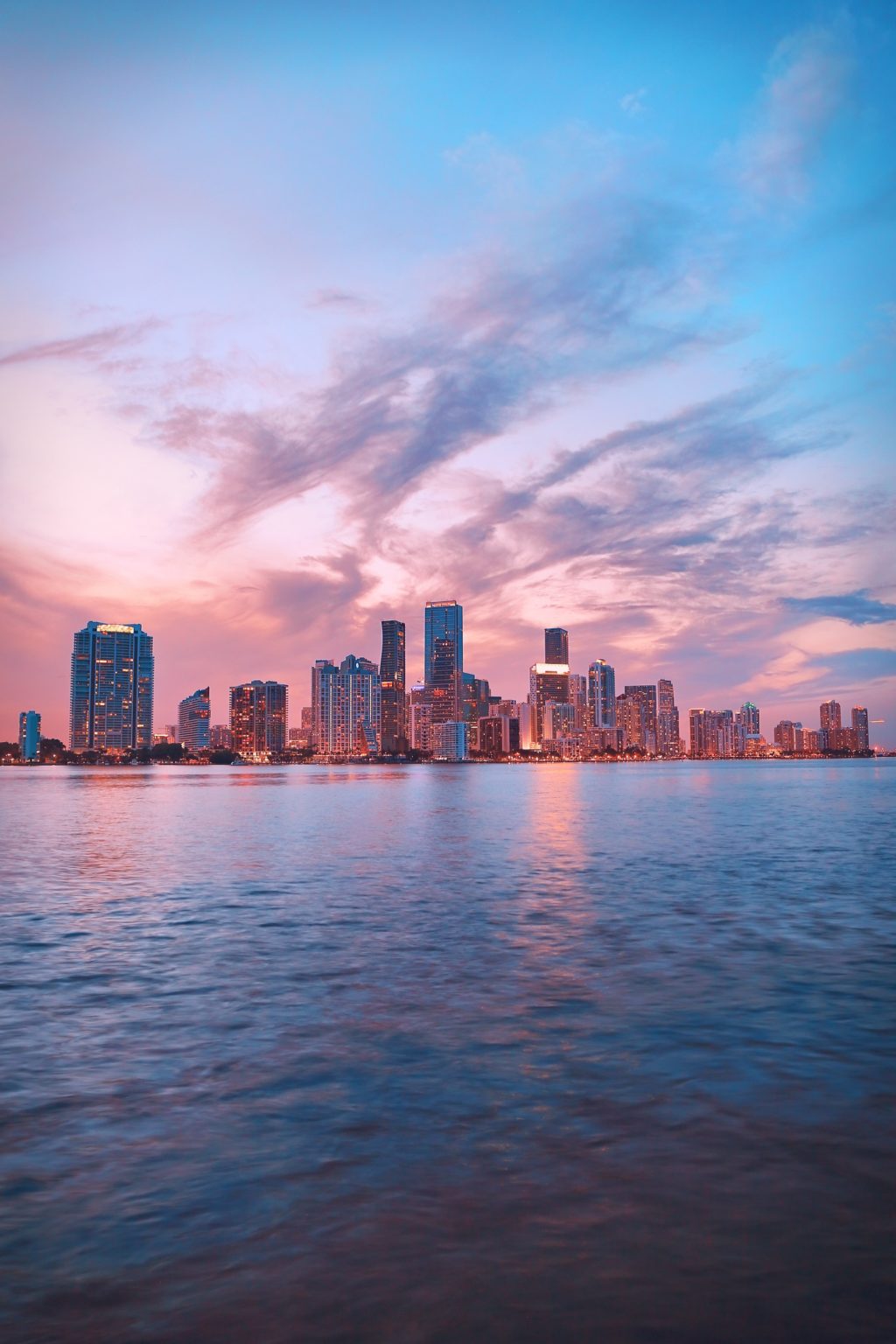
Do Not Add Fake Sun Flares or Lens Flares:
Adding fake flares in images most of the time will look off unless you take into account the direction of light, the intensity of light and other technical information regarding the lens, the aperture, and so on and add flares that look natural. Still, it is good to stay away from these when submitting images to competitions as natural images without any manipulation are always a winner.
Natural flares if used wisely can make a beautiful photograph – here are some simple ways to use lens flare creatively and if you are looking to minimise lens flare, here are some simple ways to reduce them as well!
Do Not Add Textures:
Not many photographers are good working with textures that can bring out the best from their images, but there are some photographers who can really pull them off. Unless the competition requires the use of textures in images, stay away from using it and making the image look unnatural.
Since adding textures can take away the originality of the image, you can look for some amazing backgrounds while composing your images, that also include having textured backgrounds!
Colour Splash:
Do not use colour splash as a way to cover up mistakes in composition or lack of focal points in your image – for example, using selective colour to direct the viewer’s attention to a particular point in the image. Colour splash cannot fix an image that isn’t working.
Instead, make use of colour contrast to make the image more interesting!
Over-processing your Photographs:
Do not over-process your images and make them look unnatural. The most common mistakes are HDR for landscape and travel and retouching in portraits. Do not overdo these so that your image lacks the natural look and feel. Overdoing can cause your images to be rejected straightaway.
Example, you can see how overprocessing has taken away the originality from the image below! This is also an example of bad composition where the lady behind has been framed right over the dog's head making the image completely off.
Here are some signs that you have over-processed your images!
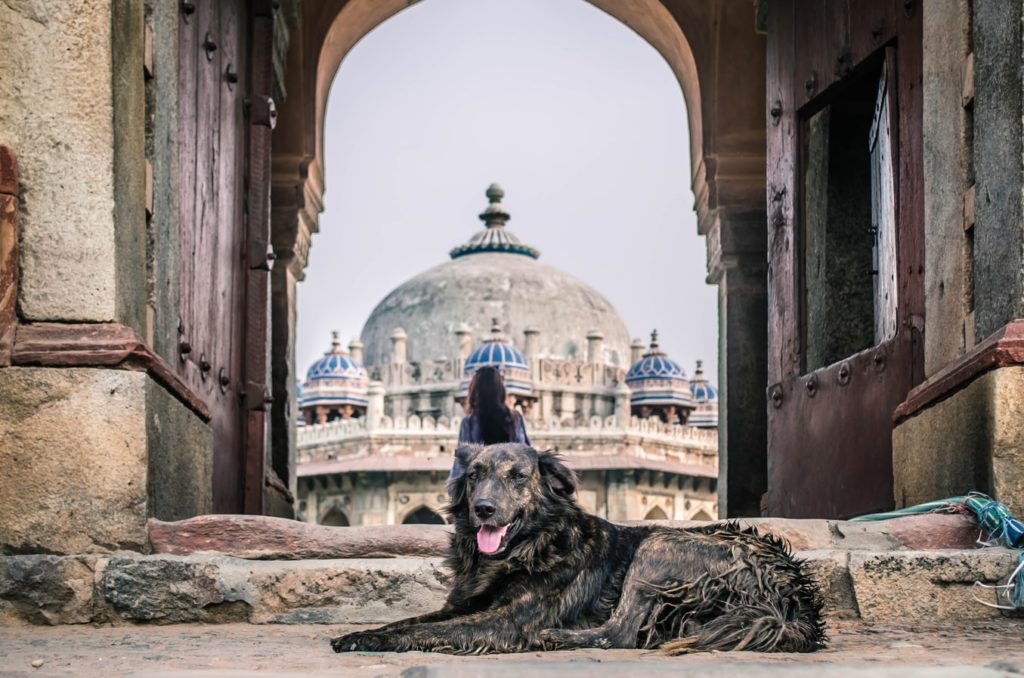
Use Manipulation Wisely:
There may be times when you may have to remove unwanted objects from the frame like electric poles, wires, leaves, trees, trash, spots, etc. or add objects like the moon, sky etc. Make sure you do this wisely so that you do not leave traces to show something was cloned off in your image.
Similarly while adding objects, make sure you do them to scale the frame and do it well so that it looks natural without weird edges showing in the image. Not abiding by these will cause immediate rejection of your photographs.
Read about the ethics of digital manipulation in photography!
Submitting Colour Photographs for Black and White Photography Competition:
There are times when contestants just do not pay enough attention to even the most important/basic rules of a competition like themes for photography competitions. For example, submitting a colour photograph for a black and white photography competition. These images will be rejected instantly because it clearly shows the ignorance of the participating photographer.
Black and white photography requires practice and experience – here are some tips for getting started with black and white photography!
Focus Correctly:
When we talk about focus, it is not only about out of focus photographs, but also photographs where there is no focal point or photographs where the wrong element is in focus. With portraits and wildlife, the focus needs to be tack sharp on the eyes.
Here are some reasons why your photos are out of focus and some tips on how to nail focus every time!
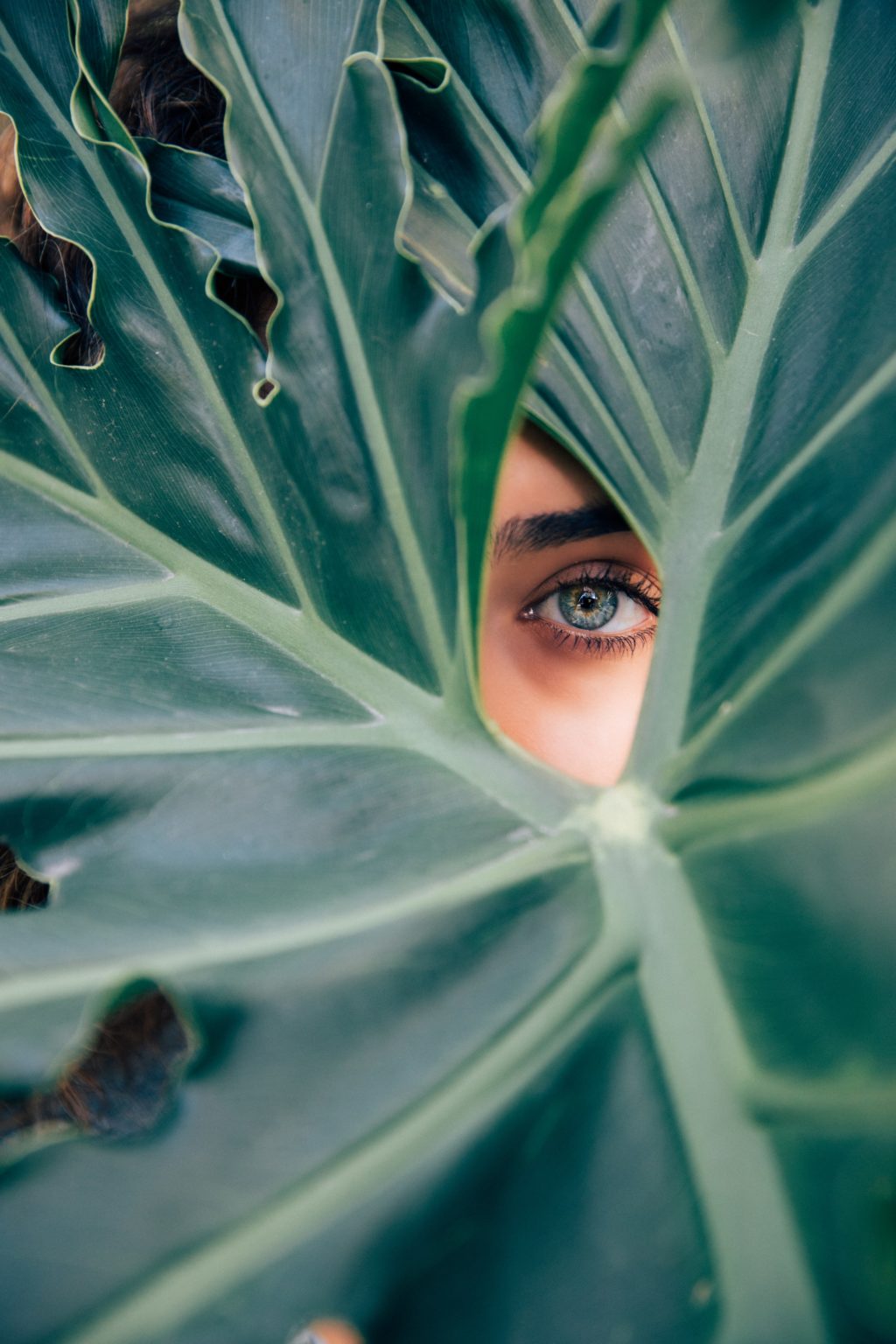
Submit Sharp High-Resolution Images:
Before exporting your images for submission, make sure you view and check them in 100% and look for any errors or soft areas that lack focus where there needs to be focus because, in most competitions, finalist images are checked at 100% resolution.
Find out how important “High Resolution” is in your images!
Do Not Go with Personal Choices:
When choosing subjects, be careful of your choices because sometimes personal choices may mean so much to the photographer, but not to the judging panel. For example, subjects like your child, pet, close friends, immediate family could mean so much to you personally, but they may be meaningless from the judge’s perspective.
Although personal images may not win a competition, there are ways in which personal projects can be used to improve your photography!
Do Not Submit Photographs that Lack Connection:
Most contestants when submitting for a travel photography competition, go for posed images of random strangers that do not show a connection. If you have not talked to a person and got to know them well, it will show up in the photograph and photographs that lack connection will be rejected.
Find out how connecting with people can help you create better photographs!
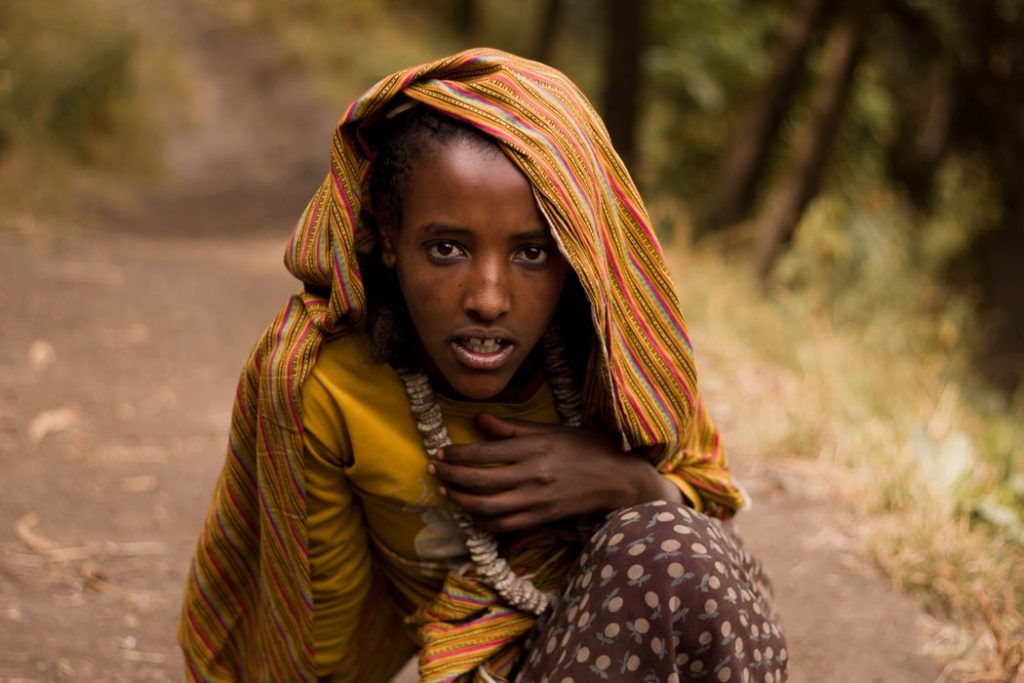
Adding Heavy Vignettes:
Adding heavy vignettes to bring focus to your subject will not work or look professional. So, by all means, avoid doing that in photographs that you submit for photo competitions.
Find out how you can use vignettes to make your photographs pop!
Violating Competition Rules and Guidelines:
Competition rules and guidelines could be tedious and boring to read, but without it, there is a high chance that you could make a mistake with your submission and get rejected. Stick to competition rules and guidelines by reading them thoroughly twice or thrice and double checking everything before submitting as well. Violating this will get your photograph rejected immediately.
Find out why we are seeing more and more photography competition cheats!
Multiple Entries:
When submitting images for multiple entry categories, check to see if there is a story that relates all the images together. The opening photo should have a huge impact and your photographs should have a start to the story, a middle part and an end. Also, bear in mind that less is more – so if you are allowed to submit 20 images, you do not have to squeeze in unwanted images to make up the number. If your story can be told with 15 images, send only 15.
Find out what you might gain and what you might lose by entering photography competitions!
Needs to Grab Attention:
If your photograph does not grab the attention of the viewer, then it is not going to win. Usually, judges can feel the intent in a photograph the moment they look at it. So as a photographer, it is your responsibility to capture emotion in the photograph that you create so the viewers can feel it.
Here are some things you should know about photography competitions from a judge's perspective!
Some Final Tips:
- Submit images only in the format and size that the rules and guidelines for the competition have stated as a requirement.
- Always, be extraordinary – do not go for cliche images or images you think everyone will like. Images that are creative, differently thought and captured and are extraordinary, always win.
- If there is a theme, stick to it because anything that you submit out of the theme will immediately be rejected.
- Check thoroughly for technical or post-processing flaws. For example, keep an eye out for perfect exposure, focus, composition, white balance, etc.
- Extraordinary perspectives matter. Do not shoot what others shoot, but look for different perspectives to get a unique image. This will tell the judges that you went that extra mile to get your shot.
- Less is more – so always go for clean images without crowding the frame with too many elements as they can be a distraction. Only have elements that complement the main subject in the frame.
To conclude, in general, you need to learn to look beyond the normal, find interesting subjects and also know why it is different, learn to use light creatively and then make a photograph that you wish to submit in a competition.
Most importantly, if you do not win, then do not feel discouraged as thousands of images get submitted in competitions. Your image could have made it to the final round and only one person is going to win. So keep trying and improving your photography, learn why thewinning photograph won, improve from it and keep submitting for competitions.
Have you participated in photography competitions before? What was the experience like and what did you learn? Do you have any tips to add to what we have mentioned here? Please feel free to share with us in the comments section below so others can improve their skills and increase their chances of winning.
Further Resources:
- OPINION: This is Why We Are Seeing More and More Photographic Competition Cheats
- Things You Should Know About Photography Competitions From A Judge’s Perspective
- The Pros and Cons of Photographic Competitions
- How to Take Prize-Winning Pictures and Win Photography Contests
- 7 Tips for winning a Landscape Photography Contest

